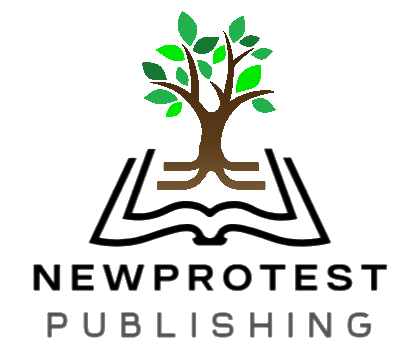וַיִּֽקַּֽח־ל֣וֹ יַעֲקֹ֗ב מַקַּ֥ל לִבְנֶ֛ה לַ֖ח וְל֣וּז וְעַרְמ֑וֹן וַיְפַצֵּ֤ל בָּהֵן֙ פְּצָל֣וֹת לְבָנ֔וֹת מַחְשֹׂף֙ הַלָּבָ֔ן אֲשֶׁ֖ר עַל־הַמַּקְלֽוֹת׃
Jacob then got fresh shoots of poplar, and of almond and plane, and peeled white stripes in them, laying bare the white of the shoots.
Genesis 30:37 (The Contemporary Torah, JPS 2006)
When Jacob peels/splits the rods and magically gets the flock to produce an abundance of speckled and spotted offspring, the Hebrew reader notes that this word for peels/split is פָּצַל (patsal). It’s never used in the Bible aside from this story.
The story is weird and wholly unscientific, and like many of the stories in Genesis, probably isn’t meant to be studied literally. There’s a lesson hidden in the text somewhere. Perhaps it can be found in this word פָּצַל (patsal).
The three letters of פָּצַל each have their own meaning:
(Pe) פּ – mouth, speech, expression, opening.
(Tsadi) צ – righteous, hook, connection, or pursuit of justice.
(Lamed) ל – learning, guidance, teaching, upward aspiration.
Combined, one might argue that patsal is a word that teaches us: spoken words of righteousness will guide. In the case of the strange story from which it is derived, it may hint that this shephard will guide the spotted and speckled sheep into deliverance.
